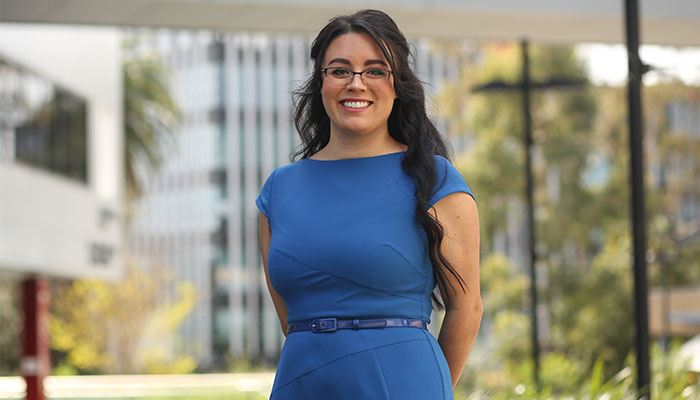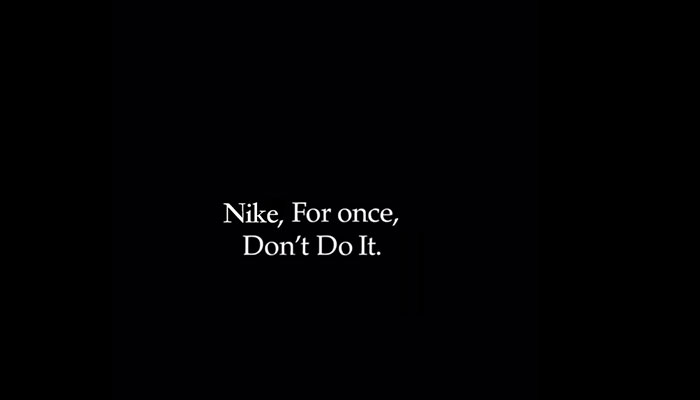Despite passing through a technical recession and consumer confidence being volatile in 2020, there is no slowing down spending in Australia this festive season. The retail industry is hurtling towards the biggest peak in online shopping history – a remarkable outcome given the horror year that 2020 has been for the sector.

Big spenders: Pent-up demand is expected to translate to bonanza sales online and in-store, says Associate Professor Bowden.
Australians are expected to spend $54.3 billion in the pre-Christmas period including during the Black Friday and Cyber Monday sales in the next week, according to research by the Australian Retailers Association. This marks a 2.3 per cent increase on the $52.9 billion spent last year.
With shoppers unable to spend on big-ticket items such as overseas travel, Australian consumers have an extra $60 billion in their pockets. All indicators suggest that the pent-up demand will translate to bonanza sales online and in-store, resulting in this weekend being the busiest online shopping period of the retail calendar this year.
Recent sales events have already set the scene for a record-breaking season: October’s Amazon Prime Day brought in $US10.4 billion globally in 48 hours, up from $US7.16 billion in July 2019.
With shoppers unable to spend on big-ticket items such as overseas travel, Australian consumers have an extra $60 billion in their pockets.
Click Frenzy on November 10 had a record year in this country despite the pandemic with 800 Australian and international brands participating and with traffic recording an increase of 116 per cent. Apparel and beauty led the way with an average consumer spend of $206.
These early moves by major retailers to get consumers to part with their cash are definitively pulling back the start of the traditional Christmas season spend cycle.
Almost half of all Australians have said that they will do their Christmas shopping in November through to the first week of December, while 12 per cent planned to be finished in October
- How cotton discovery could save the shirts on our backs
- Facebook is selling our data: are there laws to protect it?
We have gone from Black Friday (which this year is November 27) and a few sales days in November, to what is now labelled ‘Black November’ – an entire month of sales events. These global events continue to spur on the ecommerce boom we have seen throughout 2020.
Customer engagement company Emarsys reports that 56 per cent of Australian consumers will spend either the same or slightly more money this Black Friday – originally an American post-Thanksgiving sales event that has been embraced in Australia – when compared to previous years, with an average spend of $100-$300.
The new retail normal
2020 will go down in history as the year that has changed our lives, leaving no individual or organisation unscathed.

Home front: Consumers are now spending online across a wide range of product categories, including home furnishings and other household goods.
The pandemic has changed not only the macro-level fundamentals of how we lead our lives – the places we go, the things we do, the people we see – but it has also altered our behaviours at the micro level, including the way we shop.
COVID-19 has largely forced consumers, from millennials to baby boomers, into new shopping patterns. With lockdowns and fears of catching the virus keeping people out of major shopping centres, consumers have shifted online en masse, creating a surge in online shopping that is five times the rate of traditional bricks and mortar retail sales growth.
For example, the seasonally adjusted data for total online retail in Australia increased by a massive 75 per cent year-on-year. In fact, overall between March and September, more than 1 million new households shopped online.
Kerbside delivery, click-and-collect and buy-now-pay-later have all become a part of the 2020 online shopper vernacular.
This shift to online has also reset consumer expectations. Whereas online shopping was once reserved largely for digital technology and apparel, consumers are now spending across a wide range of product categories.
Management consultancy McKinsey & Company reported that online shopping has boomed for categories such as over-the-counter medicine, household goods, groceries, furnishings, fitness, children’s products and even jewellery.
As consumers have dipped more toes in the water online and had a positive, convenient and safe experience, they have stayed online. Kerbside delivery, click-and-collect and buy-now-pay-later have all become a part of the 2020 online shopper vernacular.
But will it continue to work?
Discount fatigue
Daily time spent consuming content has doubled globally since the start of the pandemic, according to DoubleVerify, increasing from an average of 3 hours 17 minutes a day to a staggering 6 hours 59 minutes. And it is driving eyeballs towards retailers – 44 per cent of consumers are trying new brands when they see an advertisement, with millennials leading the way.

Retail shift: Associate Professor Jana Bowden (pictured) says the surge in online shopping is five times the rate of bricks and mortar retail sales growth.
Amid the online shopping surge, however, some consumers may be feeling fatigue from relentless discounting, as brands scramble over one another for attention, bombarding our inboxes with endless daily deals to encourage spending.
A survey this year reported that 35 per cent of marketers send their customers on average from 3-5 emails per week.
It is now not uncommon for consumers to have inboxes with unopened emails tallying in the tens of thousands (mine is presently sitting at an eye-popping 43,386).
COVID-19 has, it seems, reignited retailers’ love for email marketing – in no small part because it has one of the highest returns on investment, generating $US38 for every $1 spent.
Will you open your Black Friday sales emails this week?
Dr Jana Bowden is Associate Professor in the Department of Marketing at Macquarie Business School.



